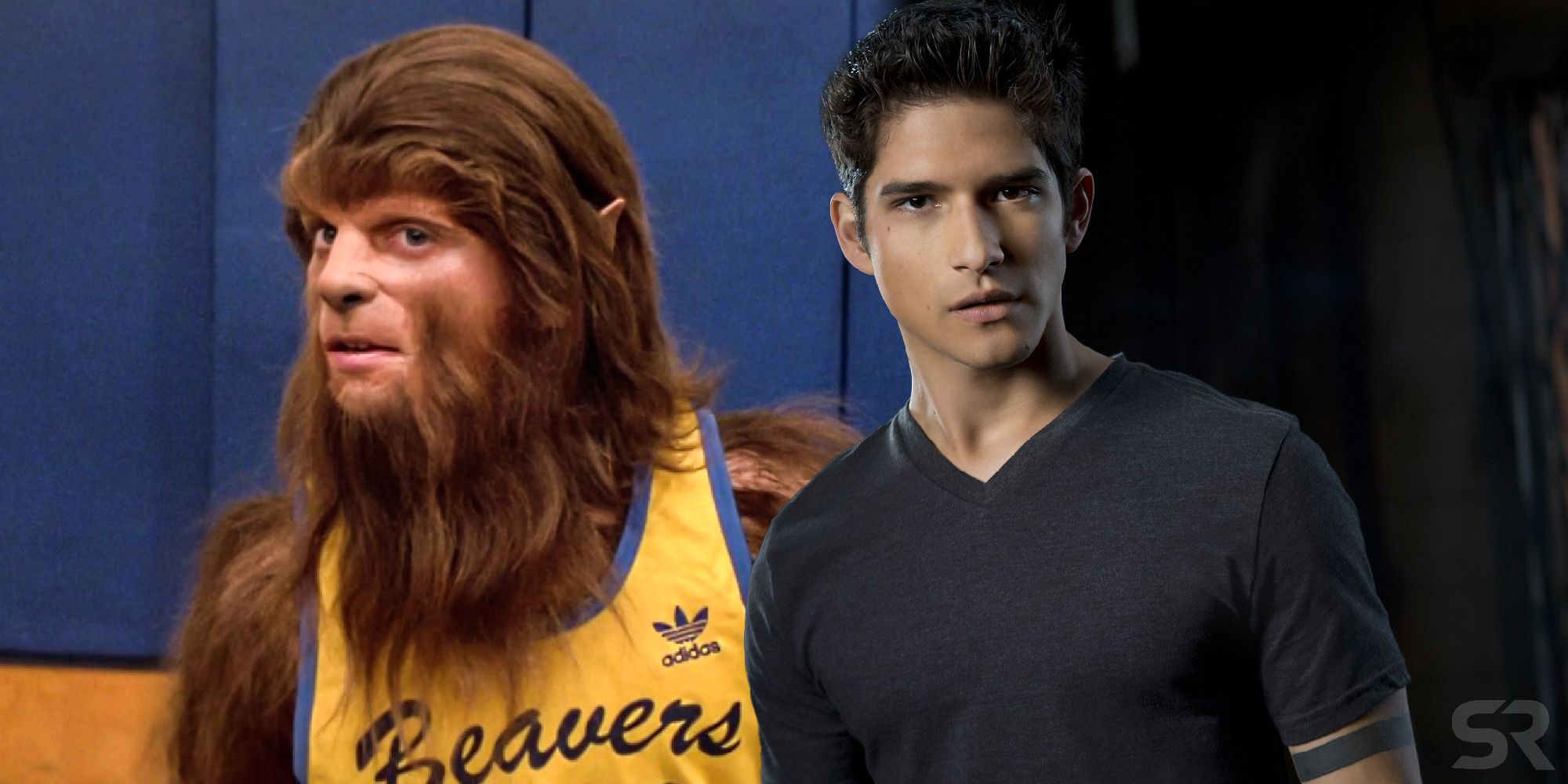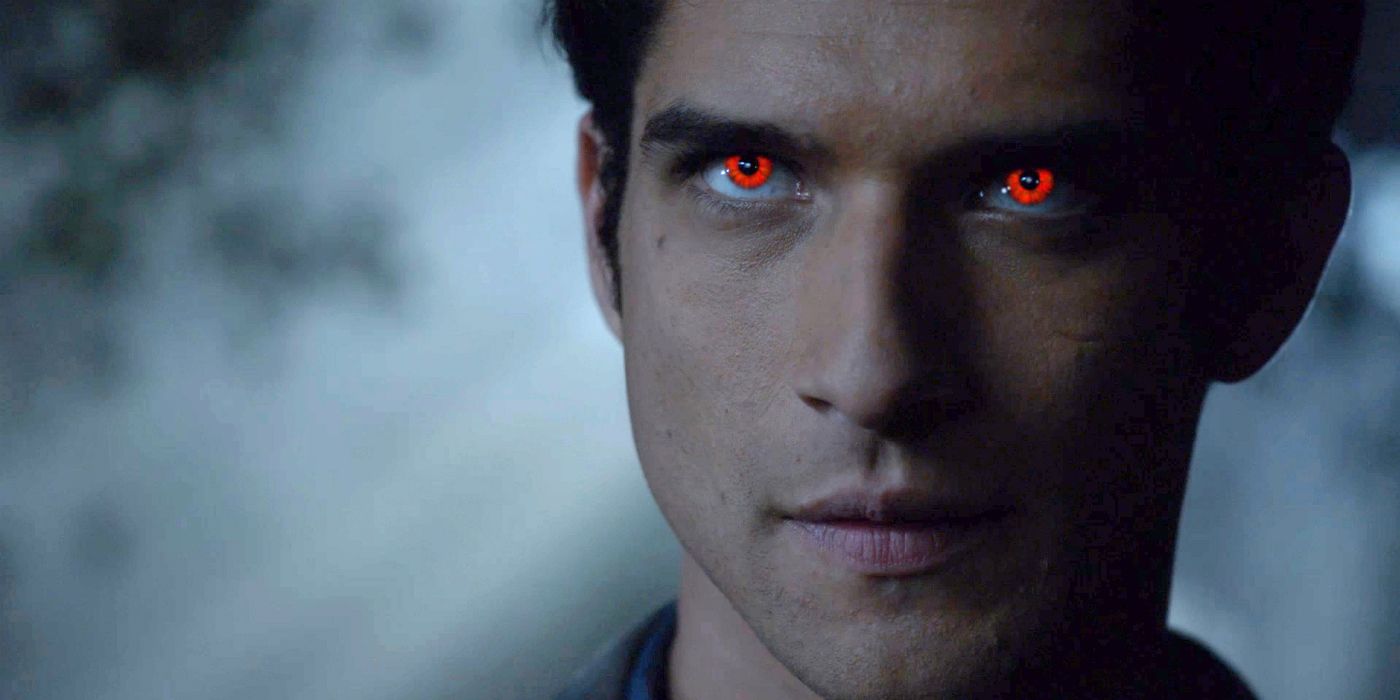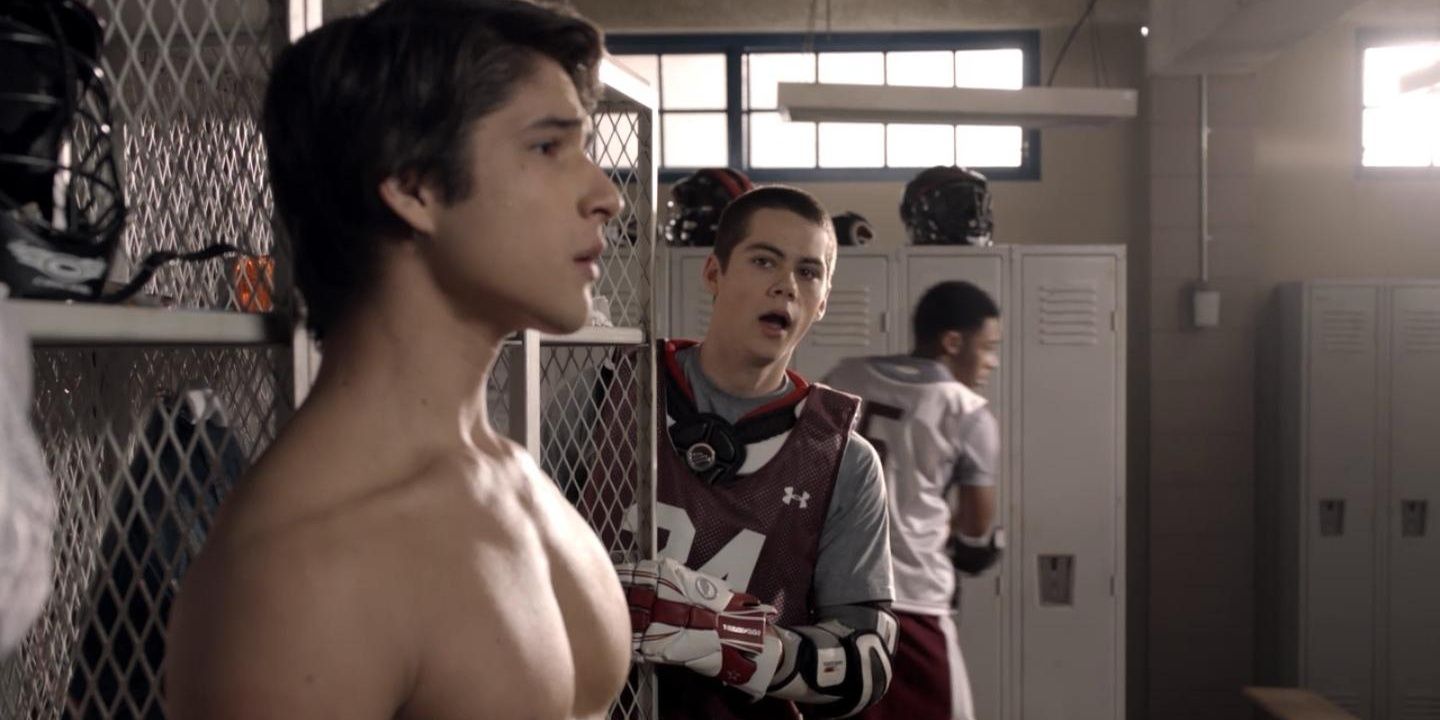Teen Wolf was a huge hit for MTV when it arrived on the small screen in 2011, but how did the show differ from its 1985 horror-comedy inspiration of the same name? Throughout its six-season run, MTV's television reboot Teen Wolf was beloved by fans of teen drama, lycanthropic horror, and very obvious subtext alike. The series was a drama-mystery-fantasy hybrid that struck a successful balance between campy and compelling. The show was a success with critics and fans alike as it never took itself too seriously, using the potent metaphor of lycanthropy to explore everything from male bonding to puberty to Native American mythology to coming out.
What not every fan of the show will know, though, is that Teen Wolf was an adaptation of an earlier hit film of the same name (which was itself a re-imagining of the superbly-titled fifties drive-in classic I Was A Teenage Werewolf, for anyone who wants to go down a rabbit hole of remake-remaking). The 1985 comedy "horror" Teen Wolf (more on that description later) shared some DNA with the later MTV series, but the Michael J. Fox vehicle was a far more lighthearted and silly affair. So, what were the pivotal differences between the original 1985 film and the later TV reboot, and how did they affect the Teen Wolf TV show's tone?
From the way Scott becomes a werewolf to the company he keeps or how public he's willing to be with his condition, the show and movie diverge in a number of ways. Add in the fact that the MTV show is several decades newer and was told in an episodic format, the differences are more than superficial.
Scott Becomes A Werewolf By Being Bitten
Despite Michael J Fox's horror pedigree as the near-hero of A Nightmare On Elm Street 2, Teen Wolf doesn't embrace horror in the way the TV series does. The show sets up its serious horror credentials early on as Scott is attacked and bitten by a werewolf after stumbling across a dismembered corpse in the woods. In the film, there's no need for this injection of angst and terror. Instead, 1985' Teen Wolf discovers he is a werewolf in the middle of an awkward make-out session, and he soon discovers he has inherited this lycanthropy from his dear old dad.
As such, the film's version of Scott has much less of a struggle acclimating to his new lifestyle. After all, his father is there to guide him through the changes he's going through, having been through them himself years earlier. Thus, in a move subverted by later horror hits like Ginger Snaps and Jennifer's Body, Teen Wolf's wolfing out becomes a pretty straightforward metaphor for puberty taken right out of the blatant symbolism handbook. And this lighter approach naturally extends into the film's depiction of Scott's secrecy.
Scott Keeps His Condition A Secret
In the Teen Wolf TV show, there is some subtext about the difficulties of coming out that play into Scott's decision to hide his transformation from as many people as possible. However, there isn't much room for this interpretation in the original film. Like most pop culture heroes of the eighties, the title character of 1985's Teen Wolf is loud, proud, and unsubtle, meaning that our titular werewolf not only reveals himself to the public, but he does so by wolfing out in front of the entire school.
Both iterations of the franchise featured moments where Scott struggles to control his newfound powers, but since the original is an eighties movie this Scott is immediately accepted and becomes mega-popular due to his lycanthropy making him a basketball superstar. The movie also never actually addresses why a bonafide werewolf is allowed to play for his school basketball team when even Air Bud establishes there "ain't no rules says a dog can't play basketball."
The TV Show Is Much Darker Than The Movie
There's a clear theme with all these differences between Teen Wolf the movie and Teen Wolf the TV series, and it's not hard to pick up on. The TV show is a far darker and edgier affair than the campy, self-consciously silly movie and its even more lighthearted sequel. This is due in large part to the intention to create a show closer in tone to The Lost Boys and Stand By Me than a garish eighties teen comedy. Not unlike the earlier teen bit Buffy The Vampire Slayer, a lot of the appeal of TV's Teen Wolf lies in its darker tone. The more horror-forward approach allowed the series to explore Native American monster myths, resulting ina story more chilling and thrilling than the films it shares a title with. The highest stakes featured in the Teen Wolf movie are winning over a love interest and excelling at a big basketball game, whereas the stakes of Teen Wolf's TV adaptation are often life and death (or at least life and limb).
The series succeeded in its aspiration to capture the campy, but still scary, tone of Joel Schumacher's eighties teen vampire classic, even though The Lost Boys itself was almost a far lighter and sillier affair (which ironically would have been similar to 1985's Teen Wolf). Like The Lost Boys, the Teen Wolf TV show's depiction of teenage friendship often rings true, too. However, it's worth noting that both versions of Teen Wolf did ironically end up with surprisingly similar endings. Sure. the TV show's version of Scott may not have ended up winning a pivotal basketball game in full werewolf mode, but both versions of Teen Wolf open with a teenage protagonist who is unlucky in love and unable to find his place in the world, and both end with him transformed not only physically but also more mature, madly in love, and ready to take on adulthood after a string of trials tested his mettle. That said, most of us would probably rather a free throw contest over clawing your own eyes out to take down the Anuk-Ite.




